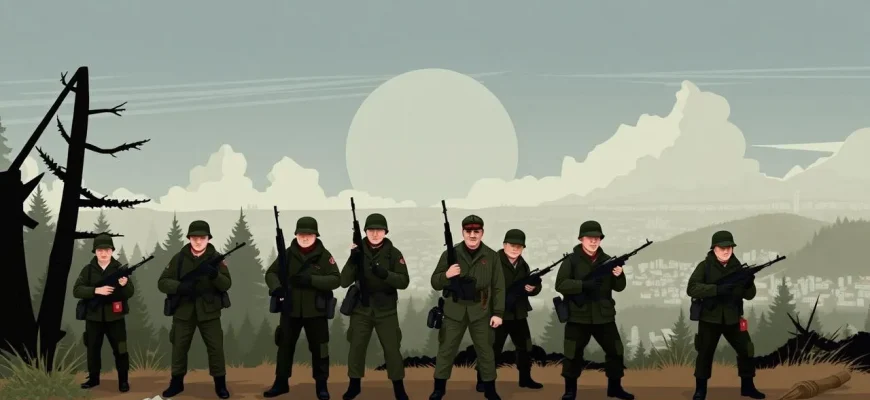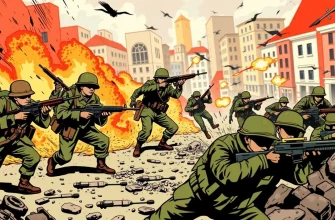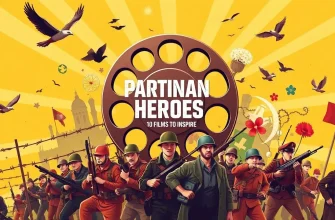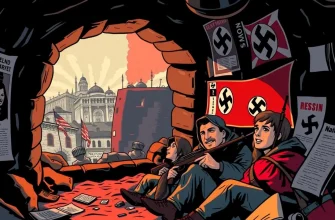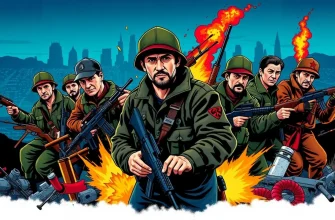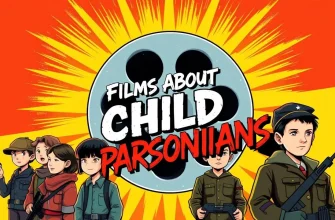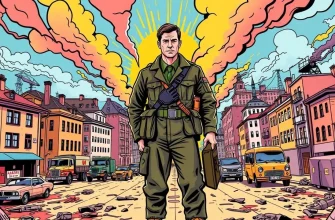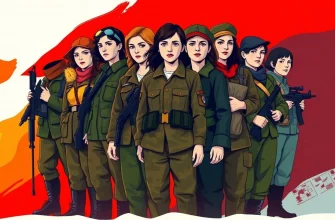This curated selection of war films focuses on the unsung heroes of guerrilla warfare - the partisans. These films not only showcase the tactical ingenuity and bravery of these fighters but also provide a poignant look at the human spirit in times of conflict. From the dense forests of Europe to the rugged terrains of Asia, these stories highlight the diverse experiences of partisans across different wars and regions, offering both historical insights and thrilling narratives.
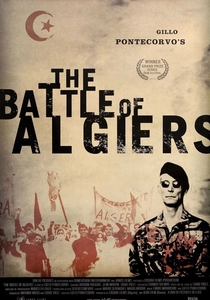
The Battle of Algiers (1966)
Description: This Italian-Algerian film depicts the Algerian War of Independence, focusing on the urban guerrilla tactics used by the FLN against French colonial forces, which can be seen as a form of partisan warfare.
Fact: The film was used by the Pentagon as a training tool for understanding urban insurgency tactics.
 Watch Now
Watch Now
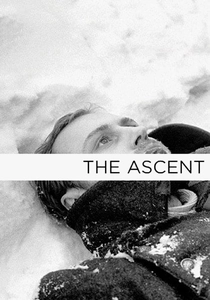
The Ascent (1977)
Description: This Soviet film tells the story of two Soviet partisans in German-occupied Belarus during WWII, focusing on their struggle for survival and the moral dilemmas they face. It's a profound exploration of human endurance and sacrifice.
Fact: The film won the Golden Prize at the 10th Moscow International Film Festival and was nominated for an Academy Award for Best Foreign Language Film.
 Watch Now
Watch Now
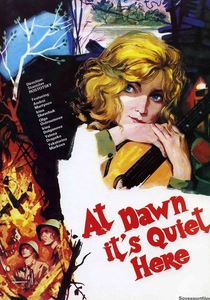
The Dawns Here Are Quiet (1972)
Description: This Soviet film captures the story of a small group of female anti-aircraft gunners who become partisans after their unit is decimated. Their fight against German forces in the Karelian forest is both a testament to their courage and a stark reminder of war's brutality.
Fact: The film was remade in 2015, and both versions are critically acclaimed for their portrayal of the Eastern Front.
 Watch Now
Watch Now
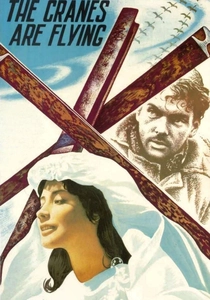
The Cranes Are Flying (1957)
Description: Although not exclusively about partisans, this film includes scenes where the protagonist joins the resistance, reflecting the broader impact of war on civilians and their transformation into fighters.
Fact: It was one of the first Soviet films to win the Palme d'Or at the Cannes Film Festival.
 30 Days Free
30 Days Free
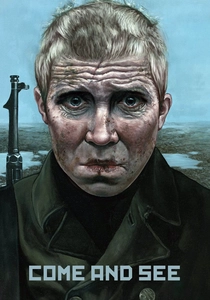
Come and See (1985)
Description: Set during World War II, this Belarusian film follows a young boy who joins a group of partisans fighting against the Nazis. It's known for its harrowing depiction of war's impact on civilians and the psychological toll of combat.
Fact: The film was shot in black and white to convey the bleakness of the situation, and the lead actor, Aleksei Kravchenko, was subjected to real-life hardships to capture the authenticity of his character's experience.
 30 Days Free
30 Days Free
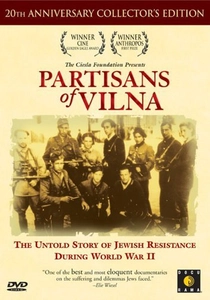
The Partisans of Vilna (1986)
Description: This documentary provides a detailed account of Jewish partisans in Vilna, Lithuania, during WWII, showcasing their resistance against the Nazis.
Fact: It features interviews with survivors, giving a firsthand perspective on the partisan movement.
 30 Days Free
30 Days Free
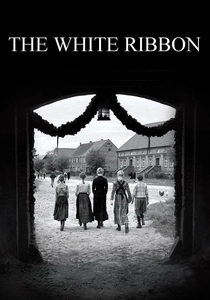
The White Ribbon (2009)
Description: Although not directly about partisans, this German film explores the roots of fascism and resistance in a small village, hinting at the emergence of partisan activities.
Fact: The film won the Palme d'Or at the Cannes Film Festival and was nominated for an Academy Award for Best Foreign Language Film.
 30 Days Free
30 Days Free

The Bridge (1959)
Description: While primarily about German youth, the film includes elements of partisan warfare, showcasing the resistance against the Nazis from within Germany itself.
Fact: The film was banned in Germany for several years due to its critical portrayal of the Wehrmacht.
 30 Days Free
30 Days Free

The Red Chapel (2009)
Description: This documentary follows a group of Danish comedians who infiltrate North Korea, showcasing a modern form of partisan resistance through satire and subversion.
Fact: The film was banned in North Korea, and the director faced significant personal risk to produce it.
 30 Days Free
30 Days Free

The Unknown Soldier (1985)
Description: This Finnish film, while focusing on regular army units, includes scenes of partisans and their role in the Continuation War against the Soviet Union.
Fact: It's based on a novel by Väinö Linna, which is considered one of the most significant works of Finnish literature.
 30 Days Free
30 Days Free

